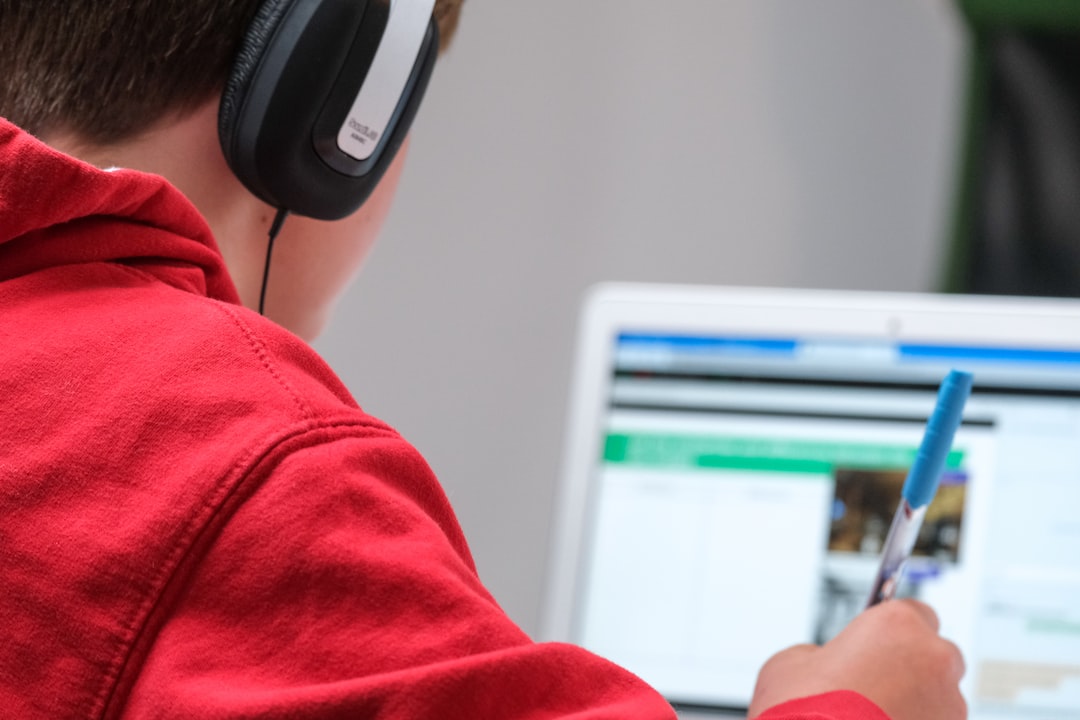The Role of Creativity in Education: Unlocking Potential and Fostering Innovation
In today’s rapidly changing world, the education system is facing increasing challenges. As the demands of the workforce evolve, traditional methods of teaching and learning are no longer as effective in preparing students for future success. One crucial element that must be integrated into education is creativity. Creativity plays a vital role in education by unlocking students’ potential, fostering innovation, and developing essential skills for the 21st-century workforce.
Creativity is often associated with artistic expression, but its significance extends far beyond the realm of the arts. It encompasses the ability to think outside the box, solve problems, and adapt to new situations. Educators who incorporate creativity into their teaching methodologies help students cultivate these skills, empowering them to navigate the complex challenges of the modern world.
One key aspect of creativity in education is its ability to unlock students’ potential. Each student possesses a unique set of talents and abilities waiting to be discovered. By integrating creative activities into the curriculum, educators can provide a platform for students to explore and showcase their skills. Whether through art, music, or writing, creativity allows students to express themselves and discover their true passions. This self-discovery fosters greater engagement, motivation, and dedication to learning, ultimately leading to improved academic performance.
Moreover, creativity is a catalyst for innovation. As the world becomes increasingly dependent on technological advancements, the ability to innovate becomes more valuable than ever. Creative individuals possess the skills to think critically, identify problems, and develop innovative solutions. By fostering creative thinking in the classroom, educators equip students with the tools they need to excel in an ever-evolving world.
One practical way to integrate creativity into education is through project-based learning. This approach requires students to collaborate, think critically, and apply their knowledge in real-world contexts. By experimenting, asking questions, and experimenting further, students can develop creative solutions to complex problems. This process not only enhances their understanding of the subject matter but also builds important skills such as teamwork, communication, and problem-solving – all of which are invaluable in today’s interconnected, globalized society.
In addition to unlocking potential and fostering innovation, creativity in education also equips students with essential skills for the 21st-century workforce. The world is rapidly changing, and the jobs of the future are likely to require adaptability, critical thinking, and creative problem-solving. By emphasizing creativity in education, students develop transferable skills that are highly sought after by employers. These skills include adaptability, resilience, communication, and the ability to think critically and analytically. Creativity in education, therefore, not only prepares students for career success but also for lifelong learning and personal growth.
However, despite the immense benefits of incorporating creativity in education, there are challenges and barriers that need to be addressed. Standardized testing and rigid curriculum frameworks often prioritize rote memorization over creative thinking. Additionally, limited resources, time constraints, and teacher training can hinder the incorporation of creative activities into classrooms. To overcome these challenges, educational policymakers must prioritize creativity in curriculum development and provide teachers with the necessary resources and training to facilitate creative learning experiences.
In conclusion, creativity plays a pivotal role in education by unlocking students’ potential, fostering innovation, and developing essential skills. By integrating creativity into education, educators provide students with the tools they need to adapt, think critically, and excel in the 21st-century workforce. To ensure the success of future generations, it is imperative that creativity is valued and prioritized in curriculum development and educational policies. By doing so, we can empower students to thrive in a world that demands innovation, adaptability, and ingenuity.

